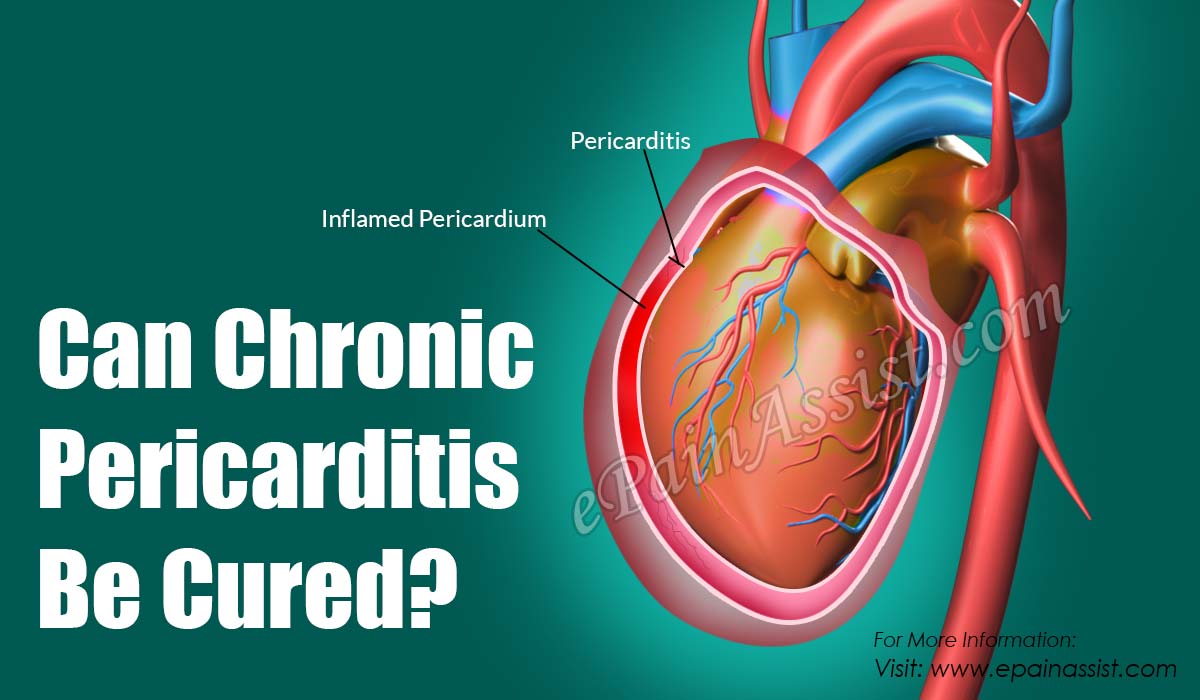Human heart is a very sensitive organ and hence it stays encased in a twin tissue layered sac known as pericardium. The motive of this pericardial sac is to keep the heart intact and safe from mishaps like knocks and jolts or in-body friction or heart infections etc. Under normal circumstances, an appropriately minor amount of fluid exists between the two layers of pericardium. However, when some micro-organismic bodies find a way to enter the bloodstream then severe infection happens in the body, leading to pericardial sac’s fluid to rise abnormally. This situation when the fluid of pericardium starts to increase its levels above the normal standard is known as pericarditis.
In order to understand the cure, let’s have a quick look on what happens in pericarditis. The twin layered sac gets inflamed and in turn causing excess fluid flow so as to avoid inter-layer friction. This inflammation is not just painful, but can prove lethal as well if not paid proper attention in time. Most common mistake of pericarditis pain is that it is confused easily with heart attack pain.
Now there is a sub classification of this ailment i.e. acute and chronic. The first one is caused by acute inflammations occurring inside the body or any intense physical injury. However, the latter is a result of chronic infectious diseases. Chronic pericarditis doesn’t happen all of a sudden, it takes years to showcase itself. This is the reason why acute pericarditis has a fine prognosis and chronic pericarditis takes much longer, for both to be detected and healed.
Major Symptoms Of Chronic Pericarditis
Unlike acute pericarditis, where grave pain is the very first symptom, chronic pericarditis is almost deficient of chest pain. In chronic pericarditis when the person’s body is suffering from pericardial effusion, the fluid build-up will keep going internally. As a result the heart gets packed down this creates absence of symptoms in them. Still, the symptoms which when observed, one should consult medical advice are mentioned below:-
- Continuous coughing, leading to higher blood pressure
- Shortness of breath
- General malaise and/or fatigue as a result of lower blood supply in any organ
- Pleural effusion (protective membrane of lungs observe fluid build-up)
- Some amount of fluid accumulation in legs and abdominal area.
Identifying the Life-Taking Chronic Pericarditis
Nonetheless finding a cause to this chronic type of pericarditis is a very tough task for the medical practioners. Still over the time the doctors have narrowed down its roots to underactive tuberculosis, thyroid gland or a deadly diseases as cancer. Untreated physical wounds or a fresh heart surgery may also cause inflammation within leading to chronic pericarditis.
To identify the ailment, the doctors would firstly look into the complete medical history of the patient focusing on cardiac and autoimmune issues. If found as a suspect of the ailment, then further tests like CT scan, chest X-ray, biopsy of pericardium, cardiac catheterization or echocardiograph may be suggested. As per the final statement of the cardiologist, appropriate treatment will be enlisted.

Can Chronic Pericarditis Be Cured?
What is the actual cure of chronic pericarditis? Depending on what form of chronic pericarditis the individual is suffering from the treatment proceeds. The sub types of chronic pericarditis are namely, chronic effusive pericarditis and chronic constrictive pericarditis. The foremost step of starting the treatment lies to find the inflammation and start draining it right away. In some cases more intensive medication needs to be undertaken followed by some thorough cardiac therapy as well.
The situation is always not to be controlled in the given time frame as the patient might not be having enough time for the medications to work. For all such situations prompt surgery is recommended. In the surgery for chronic pericarditis, cardiologists attempt to drain the excessive fluid as much as possible in single sitting. Else, the catheter is left inside to evade any further effusion. Even after getting the correct treatment, after care is a must and should be dealt with carefully.
Also Read:
